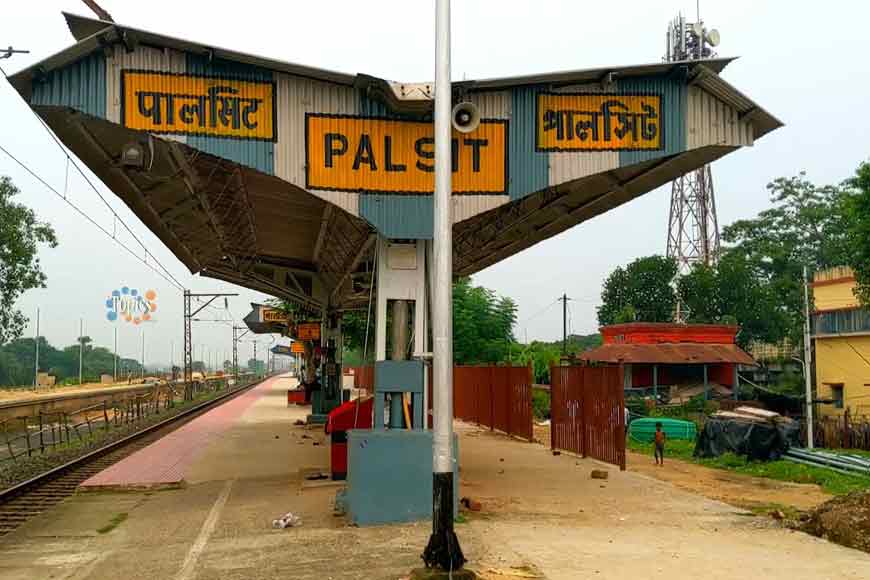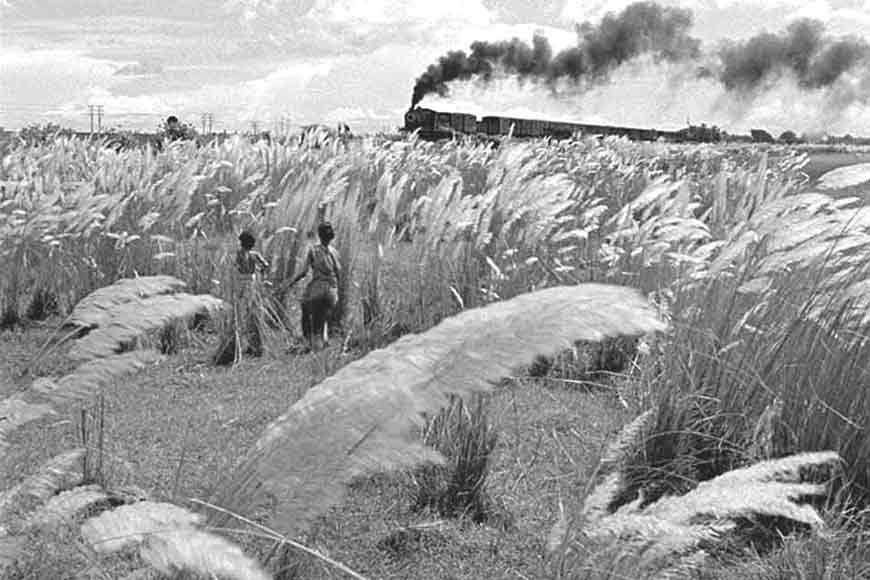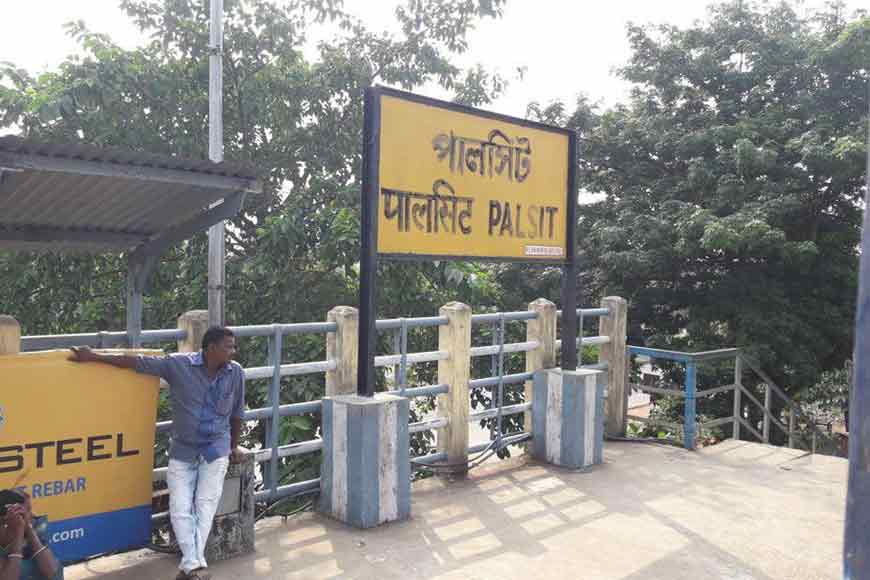Palsit railway station, where the iconic ‘Pather Panchali’ was shot

This year marks the birth centenary of legendary film director, author, music composer, illustrator Satyajit Ray. One of the giants of cinema, Martin Scorsese mentioned that “his (Ray) work is in the company of that of living contemporaries like Ingmar Bergman, Akira Kurosawa and Federico Fellini.” Ray’s directorial debut, ‘Pather Panchali’ (The Song of the Road) was an adaptation of Bibhutbhushan Bandopadhyay’s acclaimed novel of the same name. Being the first film of The Apu Trilogy, Pather Panchali depicts the childhood travails of the protagonist Apu and his elder sister Durga amidst the harsh rural life of their impoverished family.
Despite the poverty, dreaming and endurance define these characters. Nothing can crush the indomitable spirit of the siblings who derive pleasure from insignificant proceedings. One particular incident that is etched in the memory of every cinephile who has watched ‘Pather Panchali’ ever since it was premiered 66 years ago on May 3, 1955, is the sequence of Apu and Durga running through the meadow, full of Kaash (catkins) in autumn, to watch a train chugging away, spewing a tangle of smoke.
Apu and Durga have never seen a train and they are both very excited to add watching a moving train on their ‘to-do’ wish list. Their conversation goes thus:
Apu: Didi, have you ever seen a train?
Durga: Sure.
Sarbojaya (their mother): Don’t lie.
Apu: Do you know where the tracks are? Where?
Durga: Past the big meadow and beyond the rice fields.
Apu: Shall we go one day?
And we do accompany the siblings and marvel like them at the sight of a moving train. We go to a field, and we see tall grass swaying in the wind – and two silhouettes traversing through it to catch a glimpse of the train. And there it is! Its darkness is in striking contrast with the luminescent whiteness of the landscape below. And to the right of the screen, there’s a row of power lines. It all looks bewitchingly beautiful and exotic as if it’s something that one preserves as a souvenir that is taken out from time to time to admire, and then kept back. It feels foreign and comforting. You may not fully be able to articulate it, but it is clear that you’re having an emotional reaction to what you’re seeing. A flavorsome mood has been created.

Ray shot that iconic scene at a location near a railway track at Palsit in Burdwan district. The first shot was taken on Monday, October 26, 1952 – a date that is reiterated and mentioned by locals every time they proudly talk about the otherwise small, insignificant station.
Although the shooting for the celebrated film was done at Palsit almost 69 years ago, locals still glow over the much-discussed event and display their reverence for both the author and the filmmaker who made their station famous. In fact, every year locals congregate at the station to celebrate the birth anniversary of both author Bibhutibhushan Bandopadhyay and Satyajit Ray. They reminisce incidents they have heard from senior members who have been residing here for generations and witnessed incidents from the days when the shooting was done at Palsit.
Located at a distance of 91.6 km from Howrah, Palsit suburban railway station is on the Howrah–Burdwan main line operated by Eastern Railway. It is situated beside Palla Road, National Highway 2, at Sekhpur. Since its very inception, Palsit was a small and charming station set amid a beautiful, picturesque backdrop. The station was renovated extensively in 2020 and new features were added including seating arrangements for passengers, platform sheds, waiting rooms, foot over-bridges, drinking water and new platforms. The makeover was done to transform Palsit into a full-fledged station. The number of trains have also increased considerably and the station is seen bustling at all hours of the day.

A total of 50 local trains, including Up and Down passenger trains ply through the station. The hustle and bustle of the station enlivens the surrounding and adds to the serenity surrounding the station. The place looks ethereal during dusk. It is worth spending a lazy afternoon at Palsit, sitting idle on a bench amid nature’s lap observing the changing colours of nature that we often miss or overlook in the city.
As autumn takes its annual bow after Durga Puja, Kaash (catkins) flowers also bid adieu and disappear. Soon it will be ‘Hemanta’ – a time to usher in the festival of ‘Nabanna’ (harvest festival) during Agrahayana, a Bangla month that falls between November and December. The autumn festival will begin with the fragrance of new crops blending with the surrounding environment. The Kaash flowers will turn into hay but the memory of robust catkins swaying in unison in the adjoining areas of Palsit station will remain etched in the memory of film buffs who have watched ‘Pather Panchali’ once.










